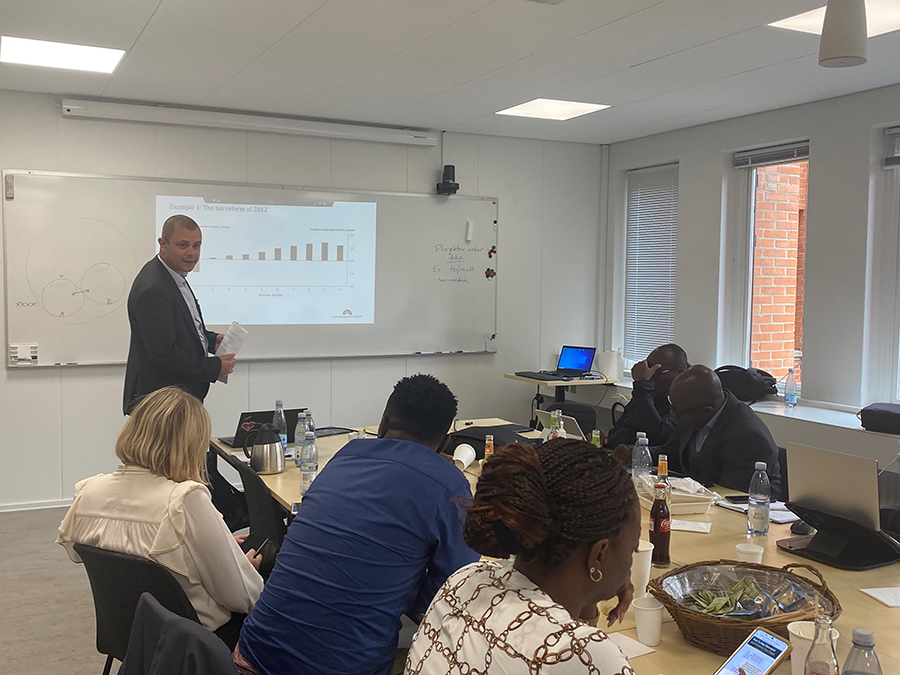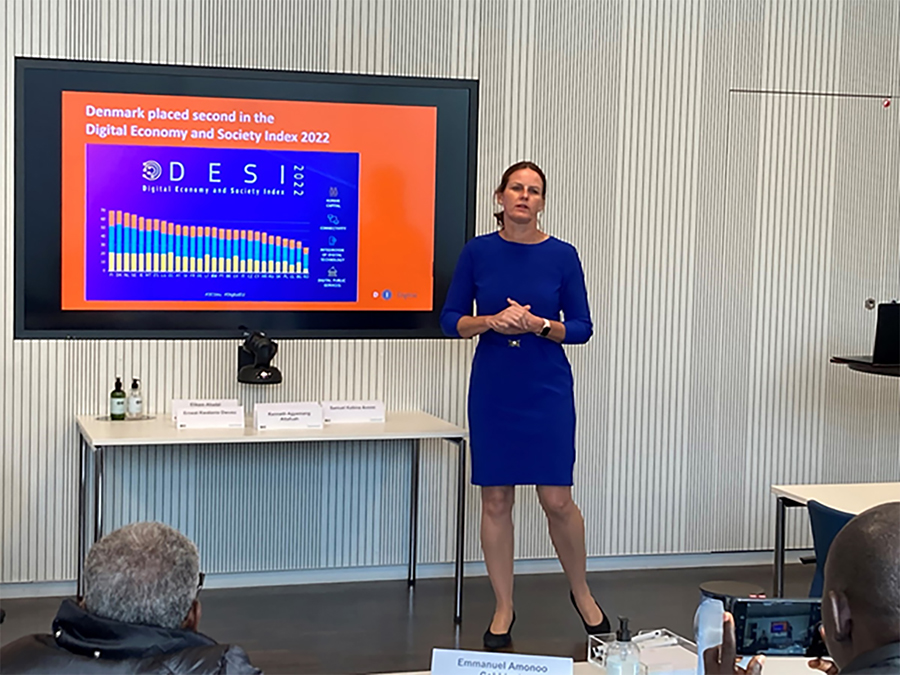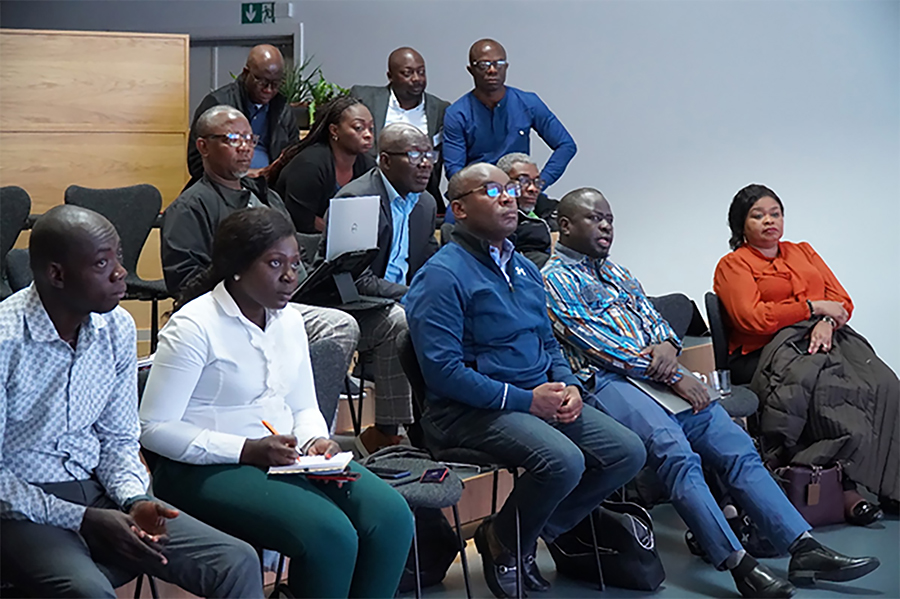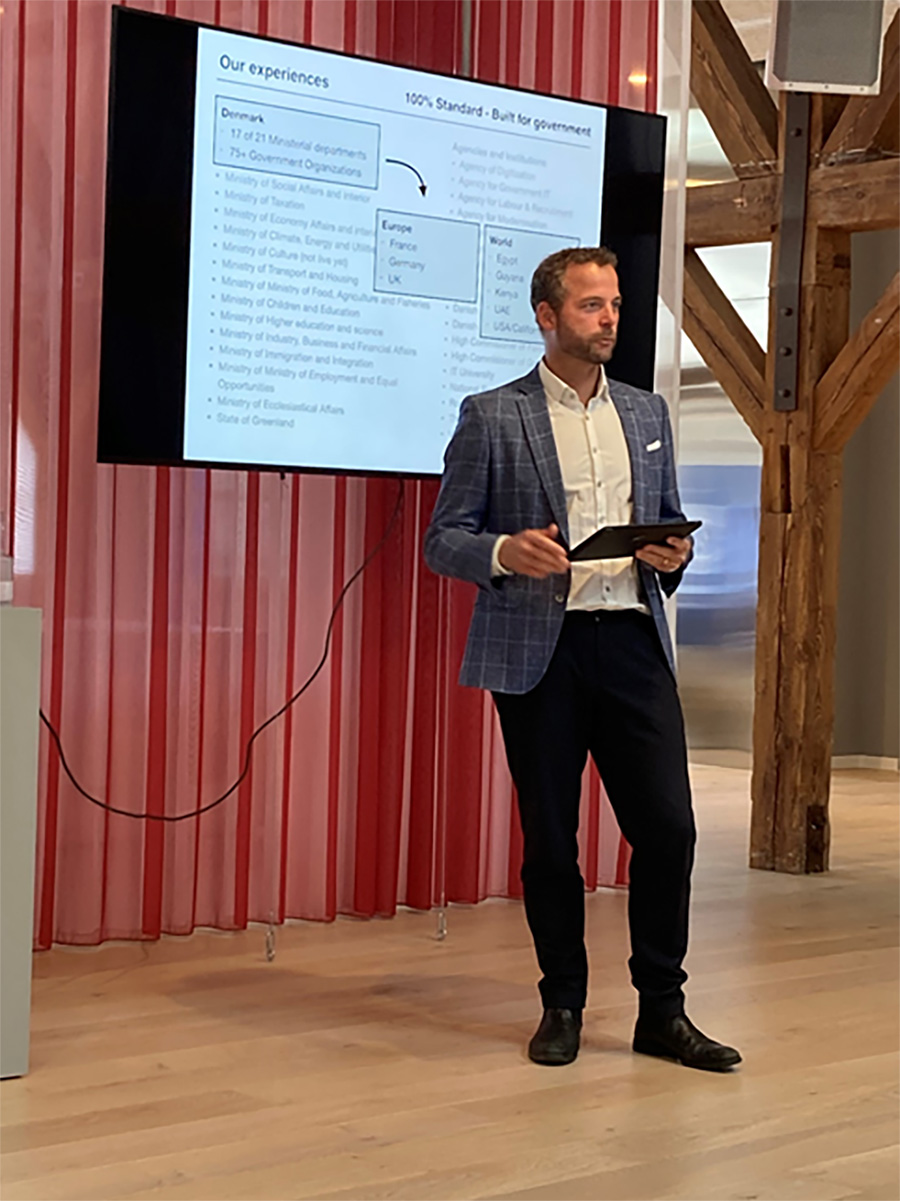Denmark is number 1 in E-government
A recent UN E-Government survey ranked Denmark the best performing country when it comes to offering digital services to citizens and companies.
23 November 2022 9:00
Denmark is one of the leading countries when it comes to E-government. A recent UN E-Government survey ranked Denmark the best performing country when it comes to offering digital services to citizens and companies. Denmark is also doing very well in the OECD Digital Government Index. The foundation behind today’s digital success story goes back more than 50 years. And over the years digitalization has massively affected how we perceive and produce statistics.
The journey towards administrative data
Recently Statistics Denmark had three different study visits on the use of administrative data. It gave us a possibility to revisit the story of administrative data in Denmark. Reflecting on the Danish journey it becomes clear that the story is not just one of administrative data but one of digitization of the entire Danish public sector and society. In statistics we usually define administrative data as data collected for other purposes than statistics.
In Denmark the use of administrative data is built on the holy trinity of the Central Personal Register (CPR), the Building and Housing Register (BBR) and the Central Business Register (CVR) – all being interlinked using unambiguous identifiers. These identifiers are used consistently at all levels of government and by civil society.
Schematic overview of interlinked administrative data sources in Denmark.
The 1960’s – building the basic registers
When the Central Personal Register (CPR) was established in 1968, it was not constructed in order for Statistics Denmark to have a short cut to generate basic population statistics on any chosen day. The possibility of having a daily population and housing census was more like an unexpected side benefit.
The political driver behind the CPR was tax collection. In order to make businesses responsible for deducting income taxes before handing over the rest of the salary to their employees, the government in general – and the tax authority in particular – needed a unique identifier and the correct address of every Dane. Or rather they needed the address of everyone having permanent residence in Denmark.
Due to the fact that both companies and real-estate in Denmark are heavily taxed, the two other registers soon followed. In terms of statistics, these main registers worked – and worked well. In the Danish administrative setup (Ministries, Agencies, Regions and Municipalities), the main identifiers were consistently used to build new administrative systems. Storing administrative information on subjects such as education, social benefits, health records, car ownership, housing and taxes allowed the government to keep exact records of services provided to the population. This stored information greatly eased “day to day” administration. The availability of the unambiguous identifier also ensured that social services can only be provided once. The benefits of having a complete list of citizens, companies and buildings encouraged government authorities to build their administrative systems using these identifiers as they allow the authorities to share information.
As the registers developed over the years, they allowed Statistics Denmark to produce nearly all social statistics using administrative data sources. This development was highly facilitated by the act on Statistics Denmark from 1966 which required all public administrative units to allow Statistics Denmark to access the raw individual data in their administrative systems.
Advanced modelling of policy initiatives
In the 1980’s the Danish Ministry of Finance realized that the statistical registers at Statistics Denmark could be used to model the effects of proposed legislation. In the beginning, a 3% sample of the registers was used to keep the time for processing data to a minimum and thus affordable. Today simulations of proposed legislation or policy initiatives are based on the entire population. The work has been institutionalized under the so called “Legislative Model”. The Legislative Model is placed in a division in the Ministry of Finance and has access to micro data in an anonymized form. The Ministry of Finance has the same kind of access which pertains to authorized research institutions. This means that they can calculate the aggregates but cannot access the individual data. So it is possible for the Ministry of Finance to calculate that e.g. 2,345 people will be affected by a piece of legislation. But they cannot see who these people are. The access to data through Statistics Denmark’s means that the Ministry of Finance has a one-stop-shop for their data needs and do not have to collect data from other administrative units. This use of statistical registers was part of the vision behind the act on Statistics Denmark from 1966 as it also enabled Statistics Denmark to provide data access for modelling and research.

Presentation of the Danish model for simulation of policy initiatives, By Nicolai Steinmetz Møller from the Danish Ministry of Finance.
The 2000’s - a new push towards digitalization of the society
In the early 2000’s the Danish Ministry of Finance began to think in terms of digitization in the first instance understood as digital communication and later also as self-service. The journey can best be described as starting in 2001 when it was decided that citizens and companies could send e-mails to the public sector and they could communicate digitally. So starting that year civil servants had to read emails and interact electronically if the users wanted to. The push in the early 2000’s was initiated by the internet, which made electronic mail readily available as an easy way of communication. The computing power on the big expensive main frame computers was suddenly replaced by the personal computers bringing computers to the public.

Director Rikke Zeberg from the Confederation of Danish Industry briefs the Ghanaian delegation on Denmark’s Digital Journey. Rikke Zeberg was the first director of the Agency of Digital Government under the Ministry of Finance making her one of the main architects of Denmark’s Digital Journey.
The 2010’s - Companies must now both read and answer their e-mails
In 2011, the decision on electronic communication was reversed and companies and citizens alike were required to communicate with the government by email and the use of relevant self-services. In retrospect, the postal service in Denmark has always been considered so reliable that if a public authority mailed a letter, then people were considered as having been notified.
Now suddenly citizens did not have to look for letters from Statistics Denmark or the tax authority in their mailbox, but instead pay attention to and act upon mail delivered to a personal electronic mail box provided by the government. All interaction between companies and the government is now channeled through a one-stop-portal called virk.dk. Citizens can interact with the government and access all their information through a similar portal called borger.dk (citizens.dk.
The need for a digital signature and authentication
The physical mailbox next to the front door is considered to be secure when the postman drops a letter in it. However digital communication have more complex security issues. Access needs to be controlled and the identity of the recipient has to be verified. Strangely enough physical mail can be picked up and read by your partner from the mail box, but electronic mail must only be accessible to you - at least from the point of view of the government agency or the private company sending the mail. To solve this problem a digital identity and authentication is needed.
As the CPR holds a complete list of all Danish citizens and people currently living in Denmark the register can be used as the foundation of a digital ID. The digital identity allows citizens and companies to interact electronically with each other and to legally sign documents.
The interesting thing about the digital identity, now in its third major edition, is that the solution behind the “identity” is a public private partnership owned by the government, regions, municipalities and banks. The public private partnership ensures that a common identity is used by both government and companies alike and that the service is competitively procured.
The need for self-registration
The overarching question from all our visitors was: How do you make sure that people actually self-register and update their registrations in the Central personal Register? There are a multitude of answers: First of all people in general have a very high trust in the system, and secondly it is very difficult to live in Denmark if you do not keep you records updated, because our society is so data driven today. The third reason for keeping digital records updated is that both citizens and business can be fined if they do not keep their records updated.

The Ghanaian delegation is briefed on digitalization at Health Care Demark in Odense
Through the Strategic Sector cooperation
The exchange visits on administrative data was organized under the Strategic Sector Cooperation initiative financed by the Danish Foreign Ministry and Statistics Denmark hosted delegations from Brazil, Morocco and Ghana. The exchange visits involved Digital Hub Denmark and Healthcare Denmark. Both are public private partnerships created to promote Danish experiences in digitalization in general and in healthcare and life science respectively to the rest of the world.

Former Mister of Education and Research Morten Østergaard talks at the Digital Hub Denmark on how digitalization can support the green transition.
As part of our work on administrative data we have developed a guide addressing some of typical “How to get started” questions. Get in touch with us if you want to learned more on how we see statistics through the lenses of admin data and digitalization.
You can visit the two hubs online: Digital Hub Denmark and Health Care Denmark. If you get in touch with them they are more than happy to tell you about Denmark’s digital journey.
